All Images
News Release 15-106
NSF invests $10 million in smart, human-centered service systems
Awards to spur innovation for smart health, manufacturing and infrastructure
This material is available primarily for archival purposes. Telephone numbers or other contact information may be out of date; please see current contact information at media contacts.
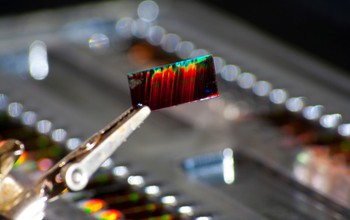
Brian Cunningham of the University of Illinois at Urbana-Champaign is creating a smartphone-based system to detect and track infectious diseases. The system will detect the presence of specific pathogen DNA sequences with the help of photonic crystals, like the one pictured above. The photonic crystals will be used to enhance the output of fluorescence-based assays. The brilliant colors that are observed reflecting from the photonic crystal are caused by resonant reflection from a periodically modulated nanostructure with features smaller than the visible wavelengths.
Credit: Greg Pluta, University of Illinois at Urbana-Champaign
Download the high-resolution JPG version of the image. (1.5 MB)
Use your mouse to right-click (Mac users may need to Ctrl-click) the link above and choose the option that will save the file or target to your computer.

Dan Popa, of the University of Texas at Arlington, is building a robotic nurse to help nurses and patients with physical tasks. Pictured in the background is the PR2 robot, which Popa and his team may use to build their prototype.
Credit: University of Texas at Arlington
Download the high-resolution JPG version of the image. (336.8 KB)
Use your mouse to right-click (Mac users may need to Ctrl-click) the link above and choose the option that will save the file or target to your computer.
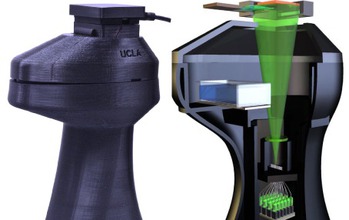
Aydogan Ozcan of the University of California, Los Angeles, is creating mobile imaging and sensing tools to measure waterborne and airborne nanoparticles. The illustration above depicts a computational microscope--with a cost-effective and compact design--that can image nanoparticles and viruses over a large field of view.
Credit: Ozcan Research Group, University of California, Los Angeles
Download the high-resolution TIF version of the image. (244.6 KB)
Use your mouse to right-click (Mac users may need to Ctrl-click) the link above and choose the option that will save the file or target to your computer.
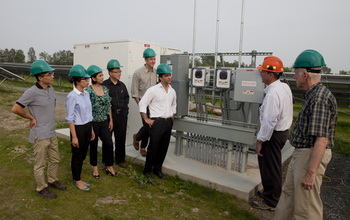
In a disaster, microgrids can operate independently from the main power grid and generate power from solar or other energy sources. Researchers led by Thomas Ortmeyer of Clarkson University are developing advanced, resilient microgrid technology to improve disaster response capability. In the picture above, Clarkson engineer Michael Tremper discusses the photovoltaic farm controller's performance with the research team.
Credit: Clarkson University
Download the high-resolution JPG version of the image. (11.1 MB)
Use your mouse to right-click (Mac users may need to Ctrl-click) the link above and choose the option that will save the file or target to your computer.
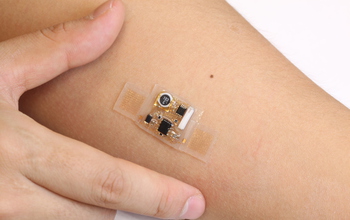
With the help of an "epidermal" electronic platform, YongGang Huang of Northwestern University and his team will create a non-invasive health-monitoring system that seamlessly integrates with people's lives.
Credit: John Rogers, University of Illinois at Urbana-Champaign
Download the high-resolution JPG version of the image. (4.2 MB)
Use your mouse to right-click (Mac users may need to Ctrl-click) the link above and choose the option that will save the file or target to your computer.
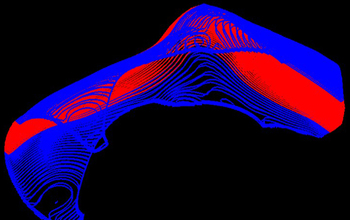
Albert Shih of the University of Michigan and his team are developing the capability for Internet-based design and rapid manufacturing of customized foot orthoses and ankle-foot orthoses with motion sensors. The image above shows the path planning for 3-D printing an ankle-foot orthosis.
Credit: Albert Shih, University of Michigan
Download the high-resolution JPG version of the image. (229.6 KB)
Use your mouse to right-click (Mac users may need to Ctrl-click) the link above and choose the option that will save the file or target to your computer.
